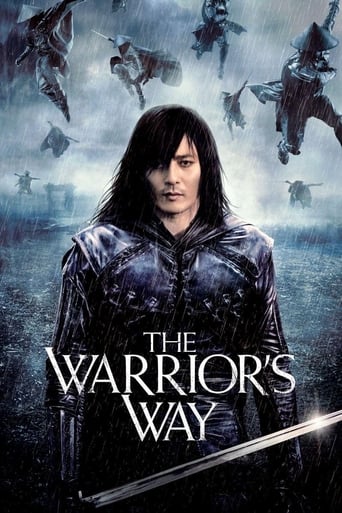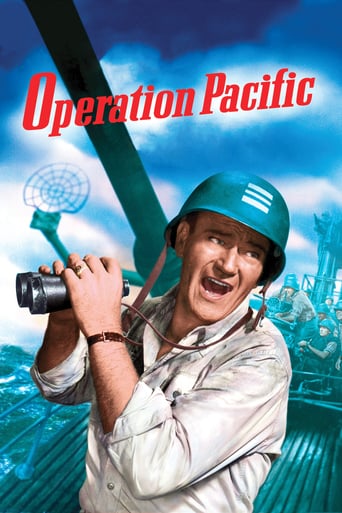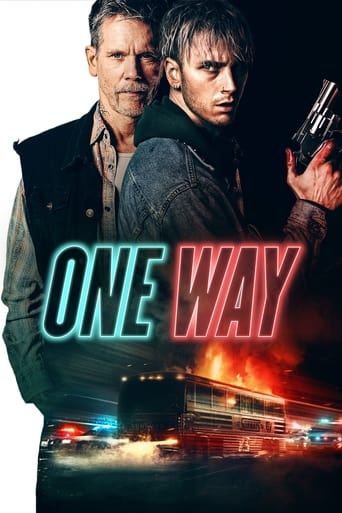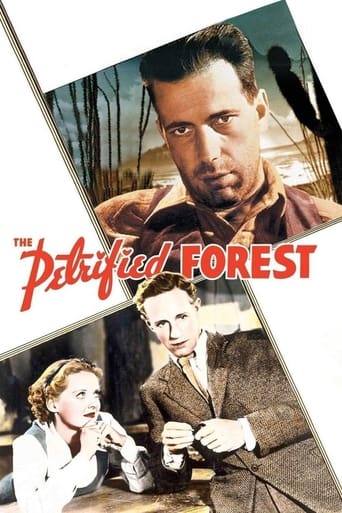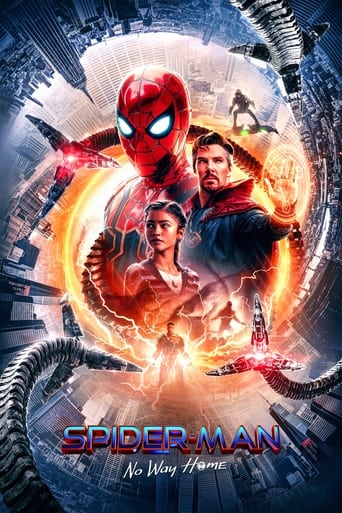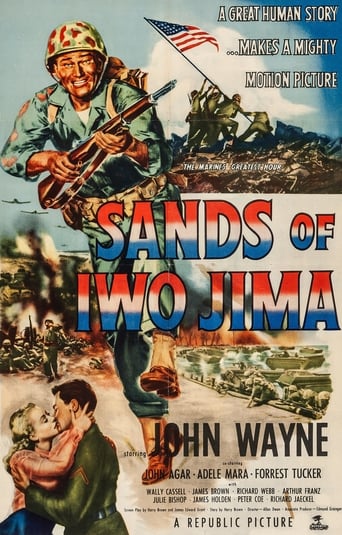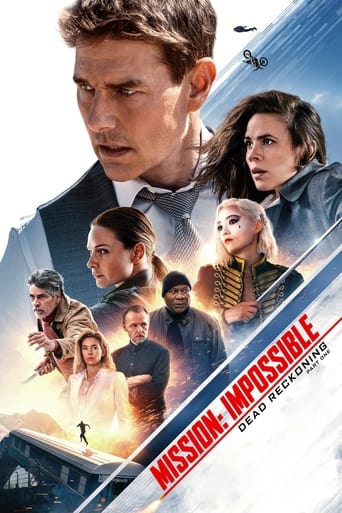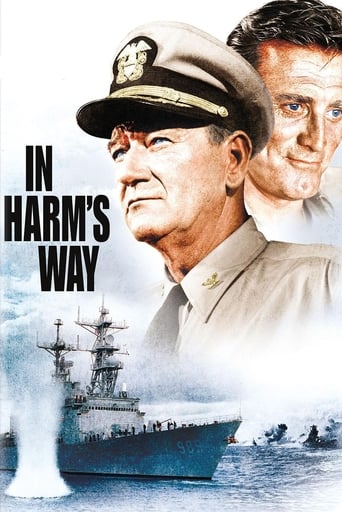


In Harm's Way
A naval officer reprimanded after Pearl Harbor is later promoted to rear admiral and gets a second chance to prove himself against the Japanese.
-
- Cast:
- John Wayne , Kirk Douglas , Patricia Neal , Tom Tryon , Paula Prentiss , Brandon De Wilde , Jill Haworth


Similar titles
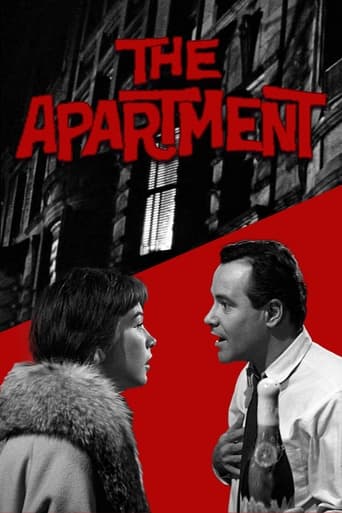
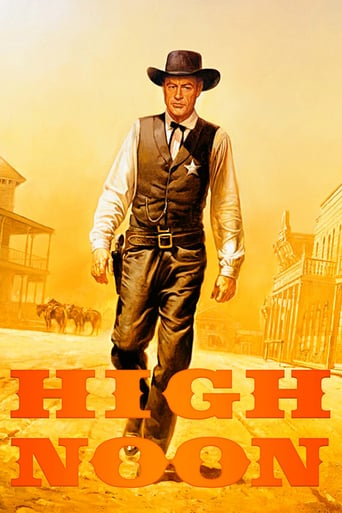
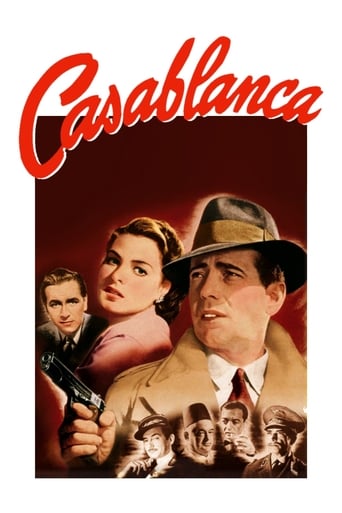
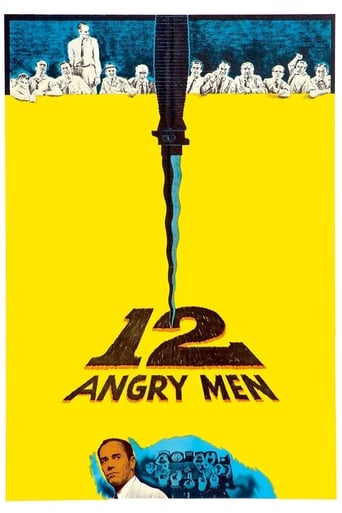
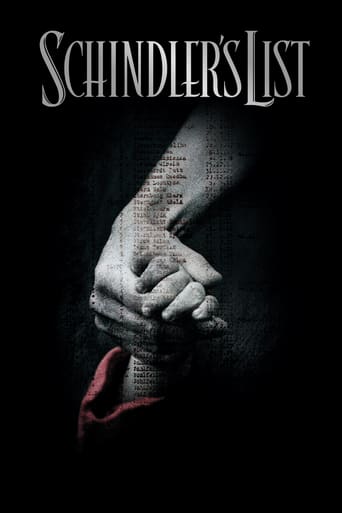
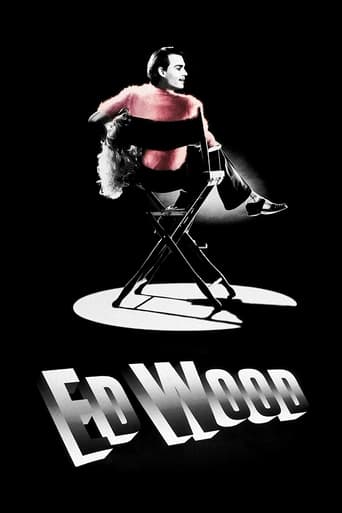
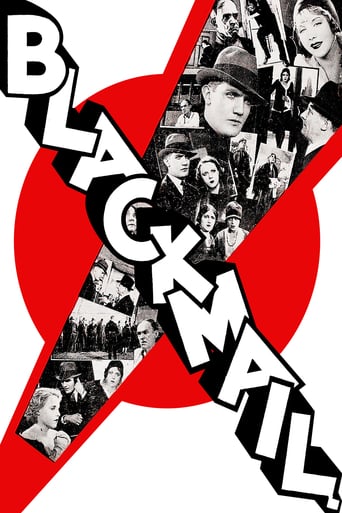
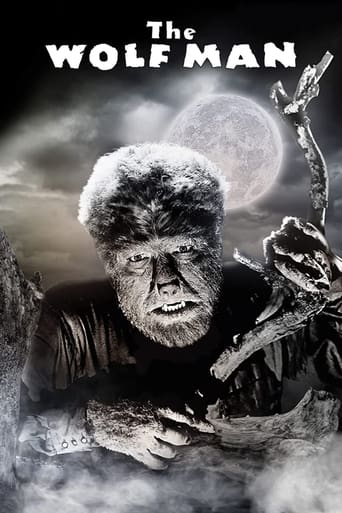
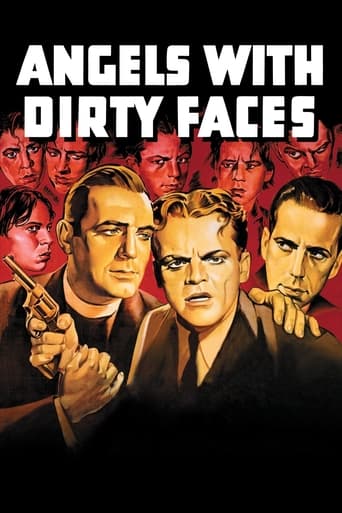
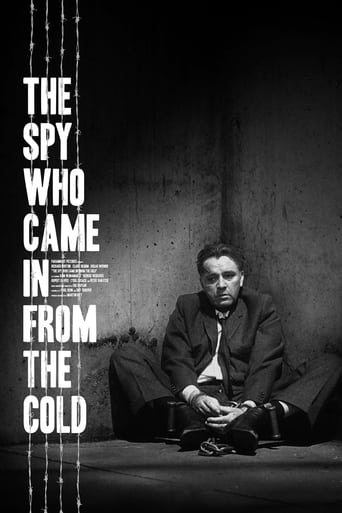
Reviews
I love this movie so much
If you don't like this, we can't be friends.
Absolutely Fantastic
This is a small, humorous movie in some ways, but it has a huge heart. What a nice experience.
This is a great World War II movie. Historically it is fairly accurate, which a lot are not. John Wayne is at his best here. Burgess Meredith does his usual excellent acting job in a supporting role. Robert Mitchum has a role as the rapist of the girlfriend of Wayne's son and then to make amends (not that you can) goes on a suicide recon run to get info is done as well as you would expect. When Wayne finally gets promoted and put in charge of an operation, he understands the political back stabbing by the sector admiral whom he by passes in the information loop. This political officer is just out for the headlines and shows up to try and steal the spotlight, with his mealy mouthed politician of an aide it is very satisfying when he ends up putting his foot in his mouth and gets embarrassed in front of the entire press corps. When Wayne sends his own son out with the PT boats on a necessary but basically fruitless attack to delay the Jap ships it shows his character's iron resolve to get the job done no matter what the cost since his only son does not come back. This is a really good movie on several planes.
One thing I think this film captures is the real toll war takes on human relationships. It's more somber than the usual Hollywood war film. The leading characters spend the film doing their duty to the best of their ability. They aren't even thinking about the future a lot of the time. There doesn't seem to be a future, only the grim present. While I've seen the story referred to here as "melodrama," it seems to be pretty close to real life.Wayne plays his part beautifully. His conversations with his estranged son, his relationship with the nurse (played sensationally by Patricia Neal) - he really is a "rock." A fine man, who seems to be bearing the weight of the whole war on his shoulders, at times.The cinematography is spectacular, overall. It's been a long time since I saw the film but I'll never forget the shot of San Francisco, with Paula Prentiss. There is so much expressed in that shot.The deliberateness of the pacing is, to me, very effective. War is not an adventure, it's just doing a job, in very difficult circumstances, no matter what you'd rather be doing. Duty is deliberate.
I actually read the novel, and the movie is much more faithful to it than most screen adoptions. I agree that the model work was quite poor, but extremely forgivable given the strong story-line and acting. It captures the feel of the naval war in the Pacific for the Americans quite well. Since quite a number of other reviewers have agreed with me, the rest of this review will concentrate on differences between the movie and what actually happened.Motor torpedo boats did sink a battleship once--in World War I. The PT boats of this war never sank anything larger than a destroyer, and few of those. Many had their torpedoes removed to fit small cannons, useful for sinking barges and floating drums. While new craft could reach 40 knots in calm water, engines tended to wear out quickly, and in combat conditions, the PT boats were generally slower than the ships they were trying to attack.There never was a daylight battle between any Japanese battleships and American cruisers. There were two night battles, one at Guadalcanal and one at Surigao Strait in the Philippines, and in the latter, the American cruisers were backed by six battleships, versus only two Japanese battleships and one cruiser.The mighty Yamato never fought anything more formidable than destroyers, and doesn't seem to have scored a single hit on an enemy vessel. Her sister Musashi never sighted an enemy vessel. Both were sunk by aircraft. Their poor performance might be explained by their spending most of the war at anchor. They were comfortable ships even for enlisted men, at least by the standards of the Japanese navy of the time. Yamato was often called "the Yamato Hotel" and the Musashi "the Palace."The U.S. Navy did very little mining during World War II. Laying mines to protect Guadalcanal would have been a wonderful idea, but then, as now, mines were unpopular weapons with the admirals. The final battle in the movie and the novel seems to be most similar to a night battle on November 13, 1942 between a US force of cruisers and destroyers and a Japanese task force built around two older battleships (each about half the size of Yamato). The US force suffered heavy casualties and two US Admirals were killed, but it crippled one of the battleships, leaving it vulnerable to US bombers the next day.
Jery Goldsmith's score certainly deserves great credit for boosting this film's status in spite of its flaws primarily in such simple matters as editing, continuity, factual blunders, and shadows of filming equipment showing up in a number of places. Of particular note in the Goldsmith score is the very compelling "San Francisco" theme music (a name I give for the sake of this commentary) as Paula Prentiss is seen grabbing a trolley car to meet "Mac" two-thirds of the way into the film. The french horn passage incorporated into that as Tom Tryon disembarks from the hospital ship is a crowning glory - a great set piece of film music!

